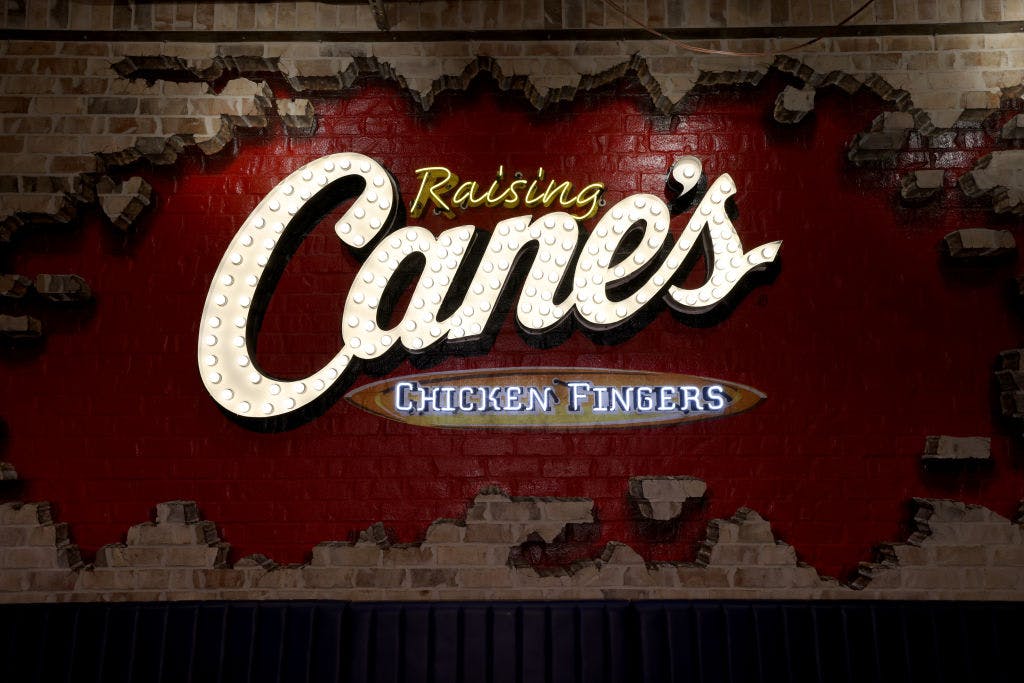Raising Cane’s founder makes hundreds of millions in dividends
Not raising much outside capital has its benefits, such as nine-figure dividend payments.
If you spend too much time in the tech/venture capital echo chamber, you may think that an entrepreneur’s only path to becoming rich is to raise venture funding, scale a tech startup to tens of millions in revenue, and sell to a big tech company. While, yes, this is one way to get rich, and it’s a common way to get rich in Silicon Valley, it’s far from the only way to get rich from an entrepreneurial venture.
In other parts of the country, like, say, Louisiana, a more efficient way to become rich might be to borrow a small business loan from a bank, open a restaurant that only sells chicken fingers and french fries, expand its presence, and, 28 years later, pay yourself a cool $200 million dividend each year. And that is precisely what Raising Cane’s CEO and founder, Todd Graves, has done.
On Tuesday, Bloomberg reported that Raising Cane’s, the popular chicken finger restaurant chain, sold a $500 million leveraged loan, its second bond offering in the last year, and it cited a report from S&P Global saying the company may use the proceeds to pay down $354 million of borrowings under its existing $1.2 billion revolving credit facility.
Cool, this is all pretty normal stuff: issuing new debt, typically with later maturity, to help pay down existing debt. What stood out to me was that S&P Global also noted that Raising Cane’s maintains “an aggressive growth and dividend policy,” and its stable outlook on the newly-raised BB debt “reflects our expectation for continued strong sales and EBITDA growth with a high level of cash outlay for capex and dividends.”
Who is receiving these high dividends? Raising Cane’s shareholders. Who happens to own 90% of the company’s equity? According to Bloomberg, it’s Graves. I was curious just how much money Graves might be making in dividends, and S&P Global left some clues in its note on Raising Cane’s debt issuance from October 2023.
“The company is majority owned by its founder and historically distributes discretionary dividends that have averaged about 20% of operating cash flow over the past four years. We expect returns will continue at this level but believe the company would curtail distributions if warranted.
Last year, Bloomberg reported that Raising Cane’s had paid total dividends of $183 million in fiscal years 2020 to 2022, with revenues of $1.5 billion, $2.2 billion, and $3.1 billion in each year, respectively. With the S&P noting that Raising Cane’s had paid out dividends averaging 20% of operating cash flow over the last four years, we can infer that total operating cash flow from 2020 to 2022 was ~$915 million ($183 million / 20%). If we assume that operating margins have remained consistent over time, they would average out to be 13.46% of revenue.
Bloomberg also reported that Raising Cane’s revenue was up 33% year over year through June of 2024, with the chicken chain generating $2.3 billion, compared to $1.7 billion in the first six months of 2023, and $1.2 billion of that came from Q2. If Raising Cane’s maintained that same revenue figure for the second half of 2024, hitting $4.6 billion in total revenue, and operating margins remained consistent, the company would be on pace for ~$619 million in operating cash flow and a $124 million dividend, of which Todd Graves would take home 90%.
Because Raising Cane’s is private, we can’t see the company’s full operating costs, but given its margins and dividend payouts in 2020 through 2022, as well as the S&P’s outlook that the company will continue high cash outlay for “capex and dividends,” I think it’s safe to assume that we’re directionally accurate.
While fried chicken isn’t as glamorous as artificial intelligence, it does come with one big positive: by raising less outside capital and retaining control of the company’s equity, founders can pay themselves fat dividends if the business pays out. Hence, Todd Graves is now worth $10 billion.
